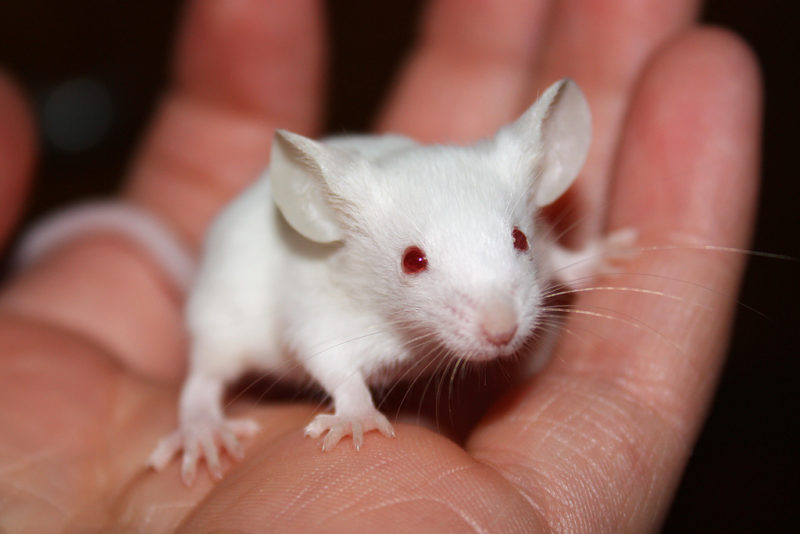A team at Texas A&M University is studying a species of mice invading island habitats in New Zealand. They’re using a relatively new technology known as “gene drives.”
The process alters the genes of organisms so that they pass on certain traits more frequently. Other scientists have already used this approach to quell certain insect populations but the A&M team is the first to try it on mammals.
Dr. David Threadgill, director of the Texas A&M Institute for Genome Sciences and Society, says that his team’s goal is to rearrange the genomes of mice so that they do not produce daughters and then introduce those genetically modified mice into the invasive population.
“If we dramatically reduce the female population, then ideally we’ll be able to have a dramatic impact on reducing the total population size,” Threadgill says.
What you’ll hear in this segment:
– How the mice got to New Zealand in the first place
– Why the mice population needs to be reduced
– Potential risks of the technique
Written by Emma Whalen.
















